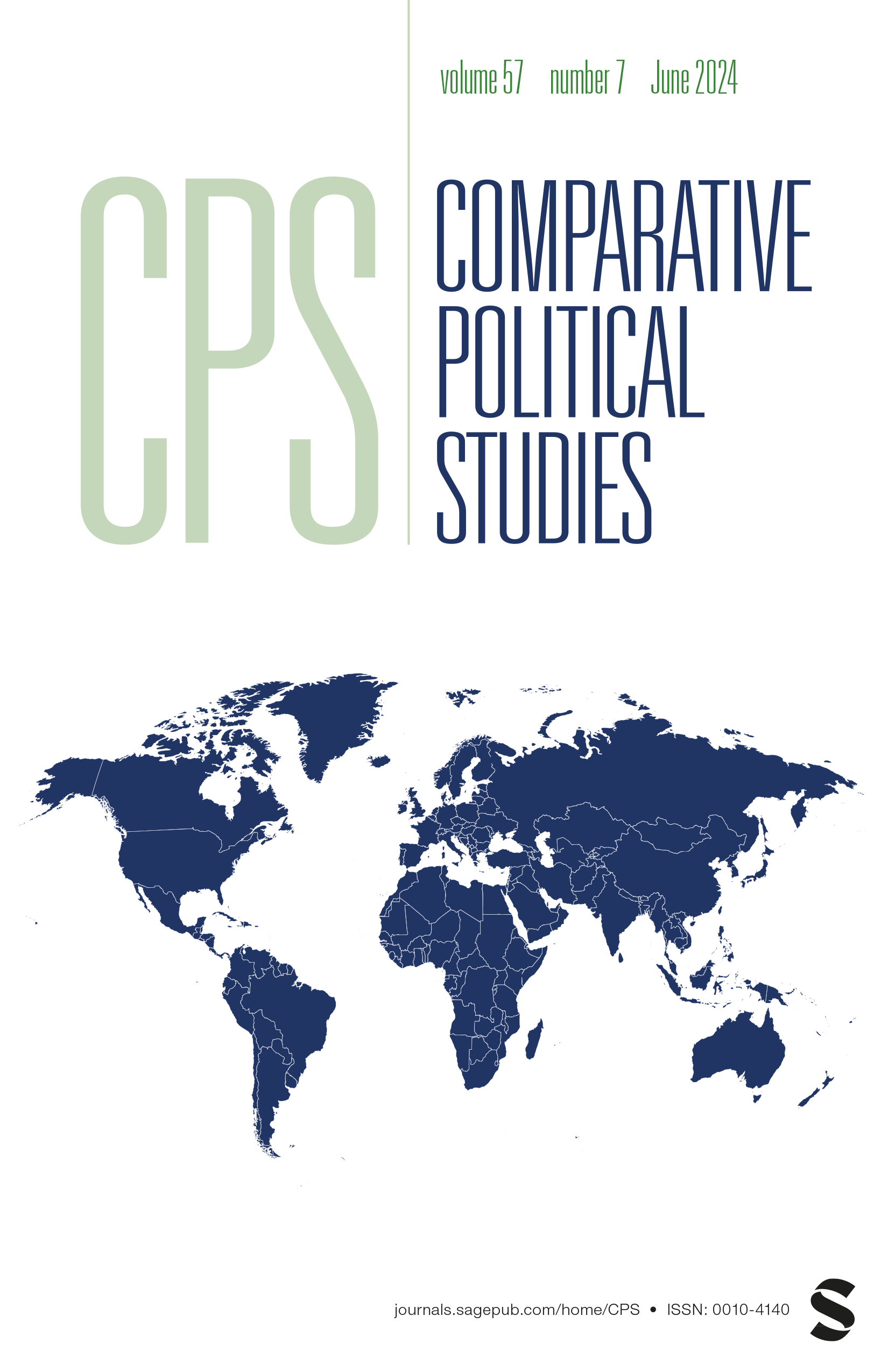China’s Low-Productivity Innovation Drive: Evidence From Patents
IF 3.4
1区 社会学
Q1 POLITICAL SCIENCE
引用次数: 0
Abstract
Can China catch-up with the United States technologically by mobilizing its bureaucracy and assigning ambitious targets to local governments? We analyzed an original dataset of 4.6 million patents filed in China from 1990 through 2014 and paired this with a new, rigorous measure of patent novelty that approximates the quality of innovation. In 2006, China’s central government launched a national campaign to promote indigenous innovation and introduced bureaucratic targets for patents. Our analysis finds evidence that these targets, combined with political competition, pushed local governments to “game the numbers” by channeling relatively more effort toward boosting non-novel—possibly junk—patents over novel patents. Nationally, this is reflected in a surge of aggregate patents paired with a falling ratio of novel patents. China’s innovation drive is susceptible to manipulation and waste—it is enormous in scale but low in productivity.中国的低生产率创新驱动:来自专利的证据
通过调动官僚机构和给地方政府制定雄心勃勃的目标,中国能否在技术上赶上美国?我们分析了1990年至2014年在中国申请的460万件专利的原始数据集,并将其与一种新的、严格的专利新颖性指标相匹配,该指标接近创新质量。2006年,中国中央政府发起了一项促进自主创新的全国性运动,并为专利设定了官僚目标。我们的分析发现,有证据表明,这些目标加上政治竞争,促使地方政府“玩弄数字”,将相对更多的努力引向促进非新颖专利(可能是垃圾专利),而不是新颖专利。在全国范围内,这反映在专利总量的激增和新专利比例的下降上。中国的创新动力容易受到操纵和浪费——规模巨大,但生产率很低。
本文章由计算机程序翻译,如有差异,请以英文原文为准。
求助全文
约1分钟内获得全文
求助全文
来源期刊

Comparative Political Studies
POLITICAL SCIENCE-
CiteScore
8.40
自引率
4.00%
发文量
69
期刊介绍:
Comparative Political Studies is a journal of social and political science which publishes scholarly work on comparative politics at both the cross-national and intra-national levels. We are particularly interested in articles which have an innovative theoretical argument and are based on sound and original empirical research. We also encourage submissions about comparative methodology, particularly when methodological arguments are closely linked with substantive issues in the field.
 求助内容:
求助内容: 应助结果提醒方式:
应助结果提醒方式:


